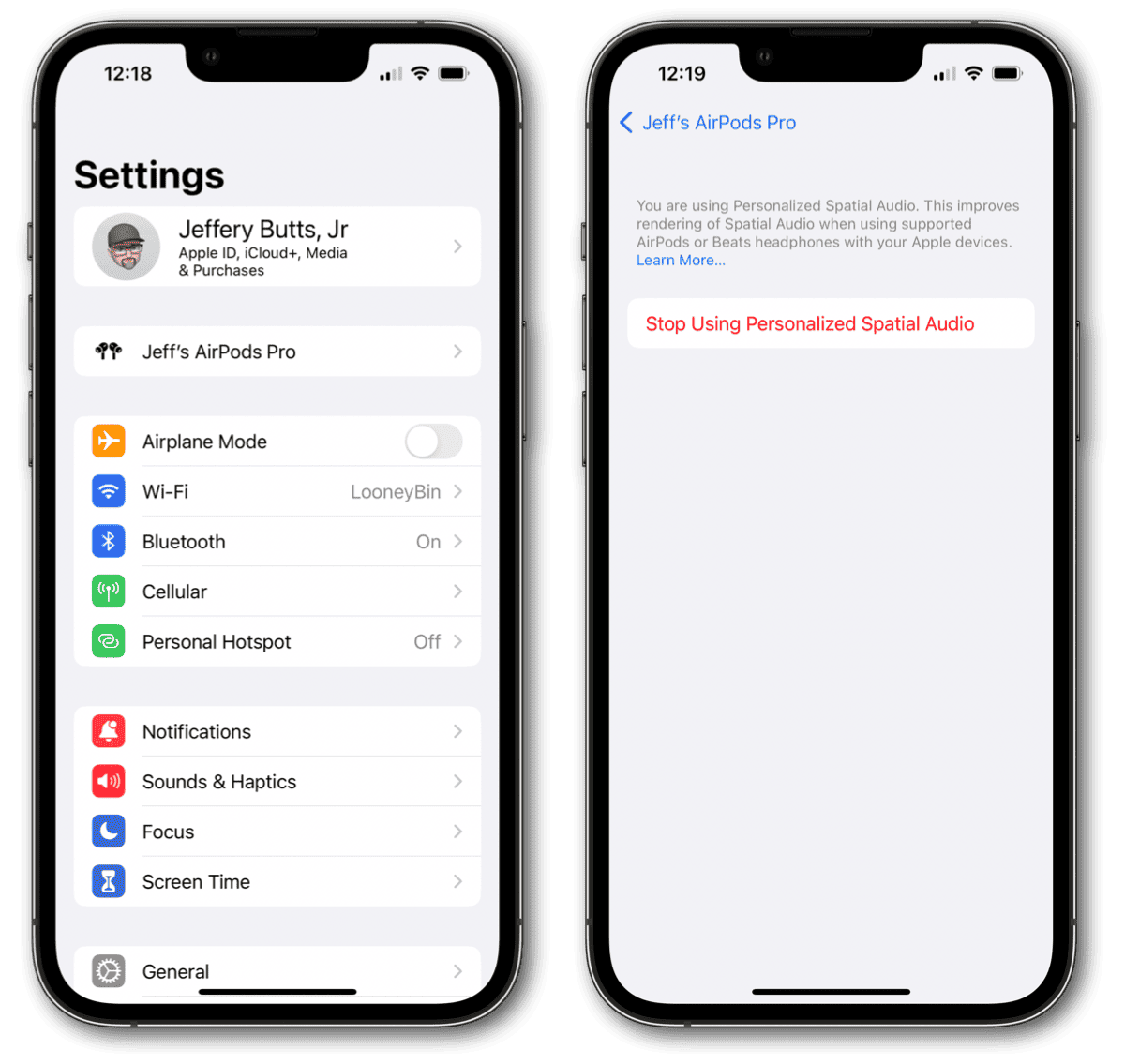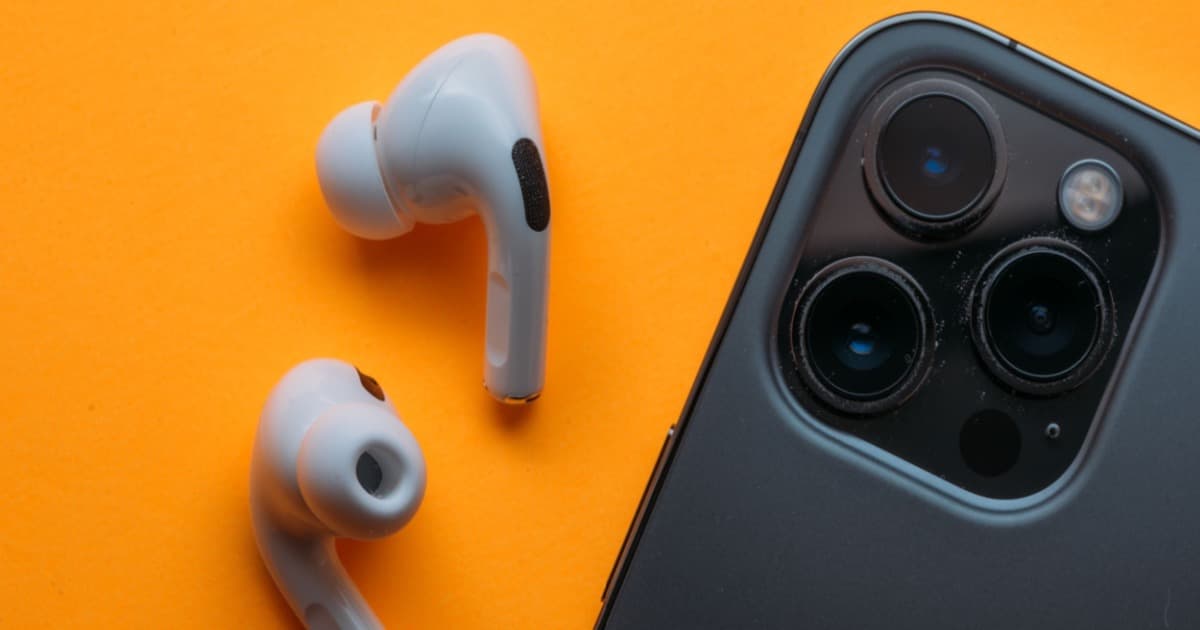One of the new features for iOS 16 announced during WWDC 2022 was Personalized Spatial Audio. This advanced feature helps give you a more immersive experience when listening to anything offering Spatial Audio. Let’s take a look at what it does and how to set it up.
All About Personalized Spatial Audio on iOS 16
Right now, Spatial Audio offers a wonderful sound experience. You can hear music and other recorded audio in ways never before possible. It’s almost like you’re in the studio or at the concert, listening to the sounds surround you. Almost every new Apple device supports it, even FaceTime in macOS Monterey. Personalized Spatial Audio steps that up about 10 notches, giving you a much more precise, immersive experience.
Using the TrueDepth camera on an iPhone, iOS creates a special personal profile based on a map of your particular ears. Your iPhone captures imagery of your ears, looking specifically at the size and shape of every nook and cranny. Initially, the feature is said to work with AirPods 3, AirPods Pro and AirPods Max. It might eventually work with some Beats headphones, too, but Apple hasn’t said which ones.
You will need, however, an iPhone with a TrueDepth camera. Even though some iPad models feature a TrueDepth camera, the feature isn’t yet available on those devices. Any iPhone with Face ID, though, should work.
Setting Up Your Personalized Profile
When you first pair your AirPods 3, AirPods Pro or AirPods Max with your iPhone, you’ll get a prompt to set up Personalized Spatial Audio. If you don’t do it then, though, all isn’t lost. Just open your AirPods case (or turn on your AirPods Max) and go to Settings, then select your AirPods.

Scroll down until you see Personalized Spatial Audio, where you can begin the setup. This process will walk you through scanning your face and each ear. Once it’s complete, the same profile can be used for any other supported AirPods or Beats headphones you might own.
The one “gotcha” I found with this setup is scanning your ears. While your iPhone will make a sound when it first starts detecting the shape of your ears and when it’s done, it can be a bit tricky getting there. After all, when you’ve got your iPhone beside your head pointed at your ear, you can’t really see what’s happening.
To get around this, you can have someone else help or you can take advantage of another iOS feature. Using Screen Mirroring, I was able to watch the process from my Mac. This will also work with many smart TVs, and it makes the whole scan go much smoother. Just watch on your display or TV for the square brackets to show up around your ear, and turn your head slightly as instructed to scan.
Personalized Spatial Audio is one of the greatest advances for music since, well, since Spatial Audio itself. You really feel like you’re in the middle of the recording. The feature is included in the upcoming iOS 16, currently in beta. If you want to try it out before it goes live to everyone, consider joining the public beta for iOS 16.
For further reading, check out how to use Spatial Audio when sharing audio in tvOS 17.

Really great app.